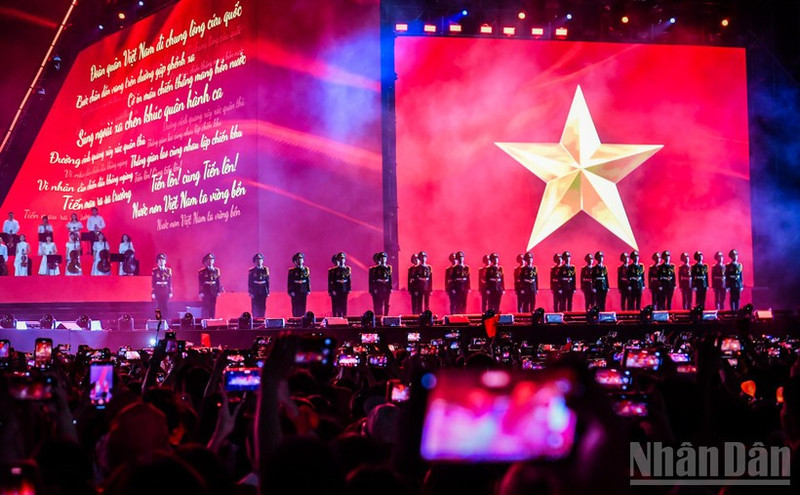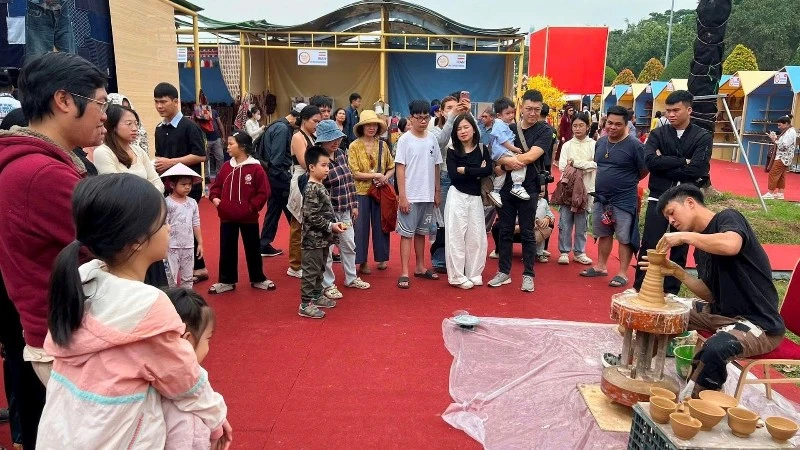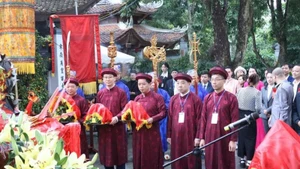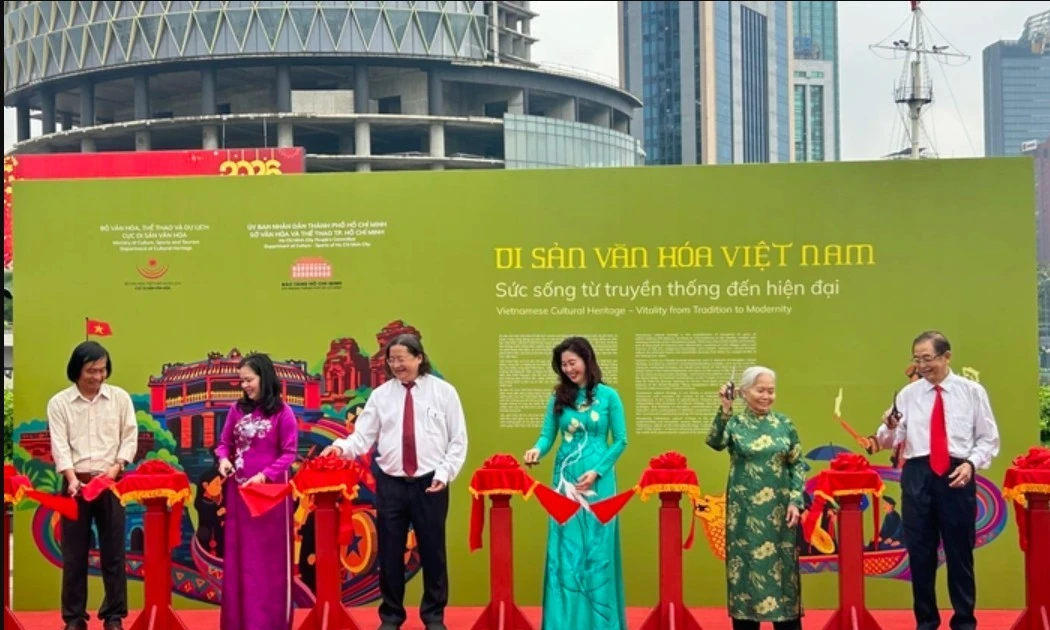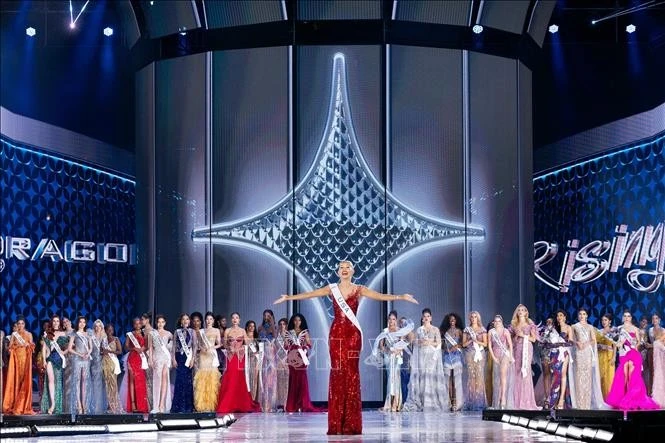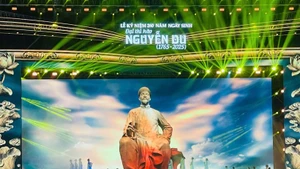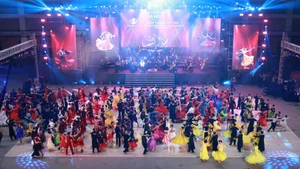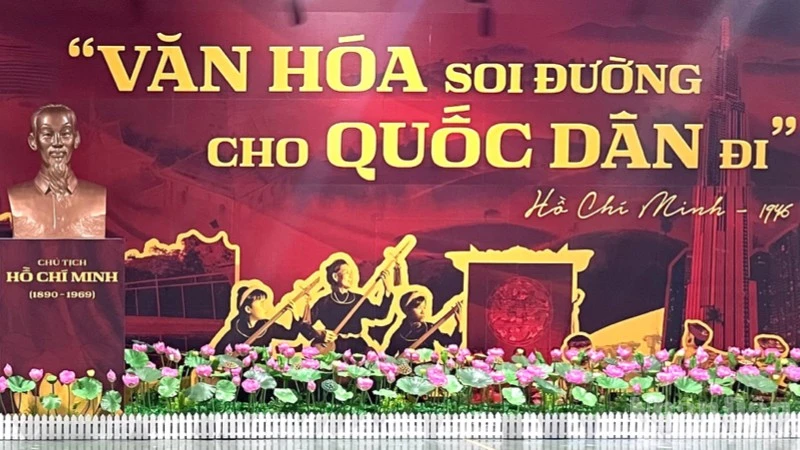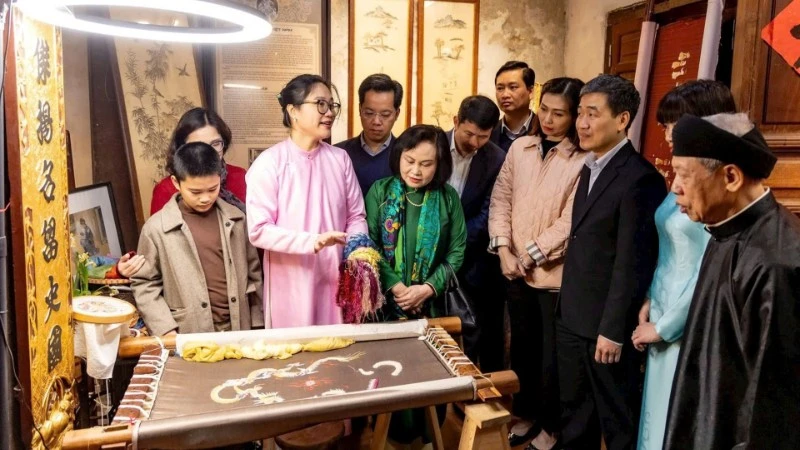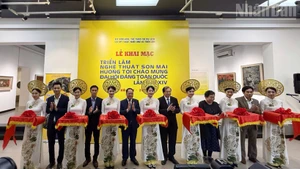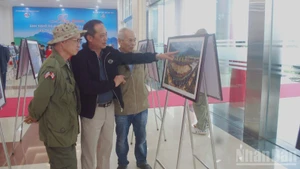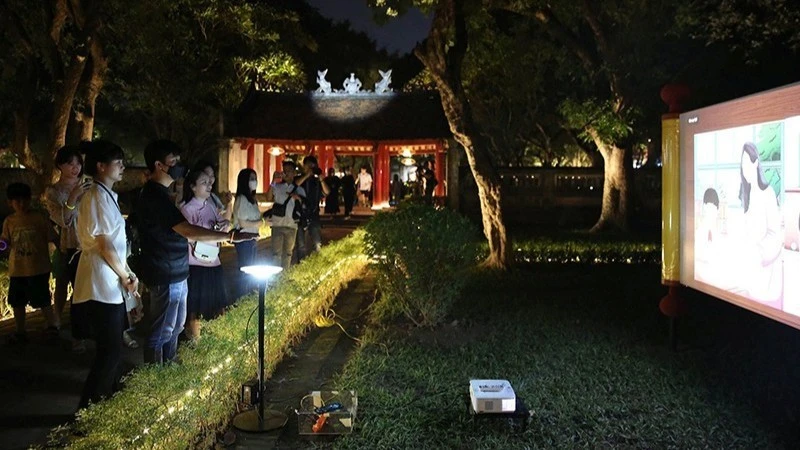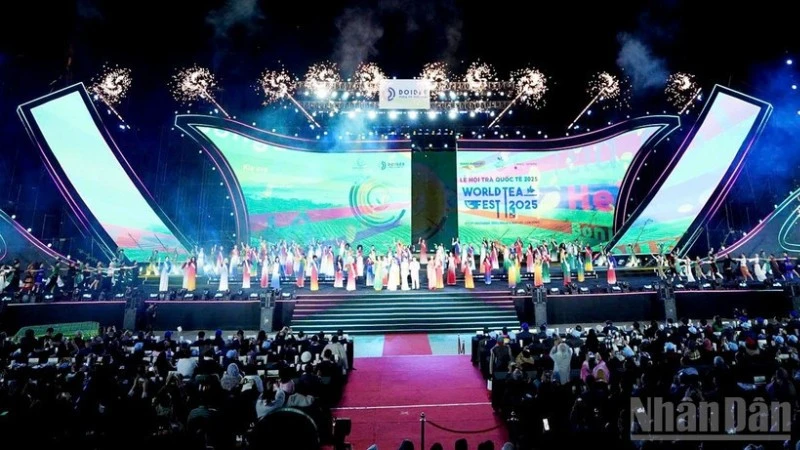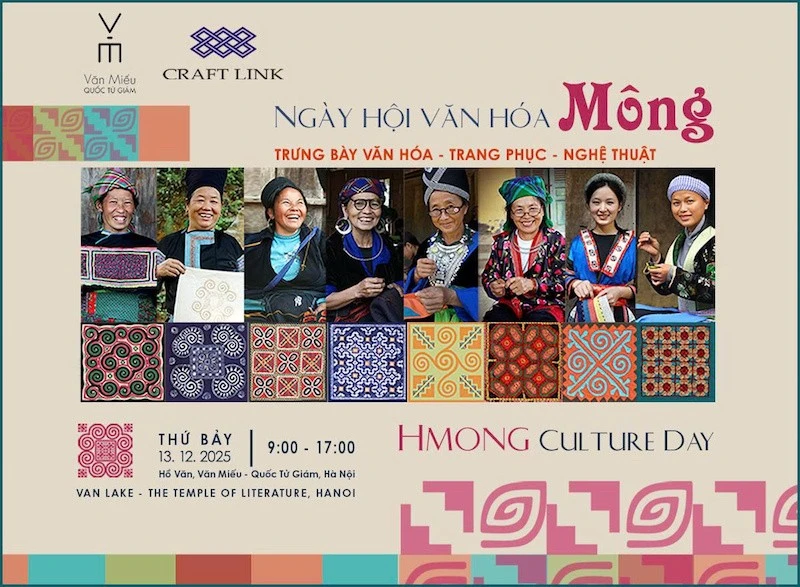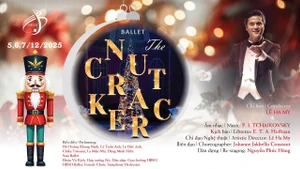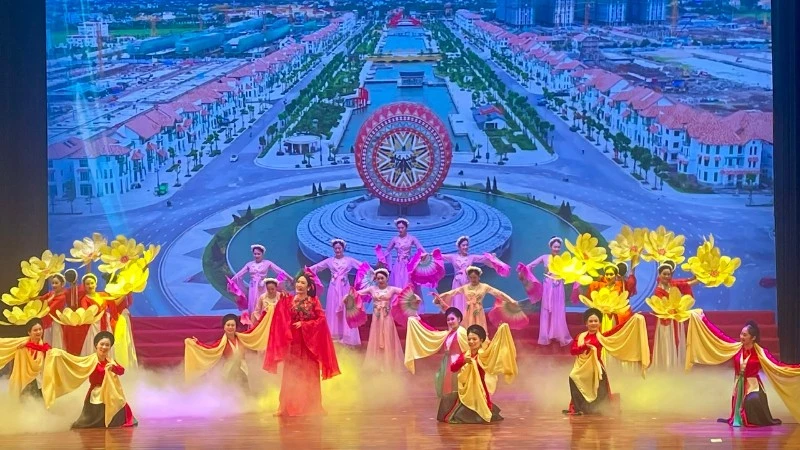Art has become a thread connecting generations and conveying the national spirit in the most natural and profound way.
Power of patriotic music
Perhaps never before have there been so many highly anticipated “national concerts”. On August 9 and 10, “Under the flag of victory” - a live broadcast programme jointly organised by the Central Military Commission – Ministry of National Defence, the Ha Noi Party Committee, the Hue Party Committee, and the Ho Chi Minh City Party Committee; the “V Concert – Radiant Viet Nam” and “V Fest – Glorious Youth” held by Viet Nam Television; and the political-artistic programme “The Homeland in Our Hearts” were co-organised by Nhan Dan Newspaper and the Ha Noi People’s Committee, dedicated to the people as an artistic gift.
When patriotic music resounds, when the artistic language is powerful enough to touch the heart, then there is no need for lofty arguments to connect millions of hearts, arouse emotions, and inspire contributions. As stated by Comrade Le Quoc Minh, member of the Party Central Committee (PCC), Deputy Head of the PCC’s Commission for Communication, Education and Mass Mobilisation, Editor-in-Chief of Nhan Dan Newspaper, Chairman of the Viet Nam Journalists’ Association: Music is the language of the soul that can connect generations, an effective way to tell the story of the country in a simple, sincere yet profound way.
As an audience member joining the crowd directly watching “The Homeland in Our Hearts”, and the author of the song “Continue the story of peace” performed in the programme, Nguyen Van Chung said he felt the joy of a musician overwhelmed him, especially when his “brainchild” was given a new “coat” with a grand arrangement and majestic setting, creating an explosion of emotions and surging energy. He was also very surprised by the appearance of the parade performed by 68 soldiers from the Army Officer Training School No.1, as well as the meeting with outstanding athletes – elements that on their own might not form a complete performance, but appeared heroic and impressive in “The Homeland in Our Hearts”.
For Assoc. Prof. Dr. Bui Hoai Son, full-time member of the National Assembly's Committee for Culture and Society, watching the programme felt like hearing the call of the Fatherland echoing through history, reminding everyone to remember where they belong and to shoulder their responsibility for their homeland.
According to him, the fact that Nhan Dan Newspaper organised a national–level artistic programme such as “The Homeland in Our Hearts” holds special significance. It is a vivid demonstration of how modern journalism can expand its role – not only as a “messenger” guiding public opinion, but also as a “creator,” generating events, spaces, and moments that move people, strengthening the nation’s spiritual strength and aspiration to rise.
“In today’s context of integration and fierce competition for information, choosing to communicate in the language of music, imagery, and emotion is an intelligent approach and aligned with new communication trends,” Assoc. Prof. Dr. Bui Hoai Son noted.
Synergy of intelligence and heart
Previously, in the public’s perception, artistic programmes held to communicate and celebrate major national holidays were often considered rigid, unattractive, and lacking creativity. However, the emergence of large-scale music events, especially recent “national concerts”, has redefined how audiences perceive political-artistic programmes.
The “ticket fever” for music and art events celebrating the country’s major anniversaries proves that once they are professionally produced, with renewed and modernised thinking, skills, and organisation, as well as an artistic language, such programmes not only convey core messages with gravitas, but also reach young audiences, awakening devotion to the Fatherland and the desire to contribute.
As the General Director of “The Homeland in Our Hearts”, Dang Le Minh Tri said he and his colleagues were determined not just to produce a “show” for entertainment, but also to create moments of pride, so that each person leaving the stadium would carry the question: “What have I done to be worthy of the Fatherland?”
That is why the programme was produced like a story told through the language of art. Music was “reborn” to reach every generation; each performance became a slice of history, yet reinterpreted with a contemporary perspective, combining cinematic effects, film-set-like scenes, and moving real-life stories to recreate a living memory space, where the past, present, and future meet together.
When the audience, especially young people, see themselves and their generation in the nation’s historical flow, pride naturally arises. Patriotism then needs no declaration and instead bursts forth like the sound of “Tien Quan Ca” (The Marching Song) resounding from tens of thousands of hearts beating in unison.
According to Dang Le Minh Tri, the “key” to creating the programme’s artistic imprint is the convergence of three factors: a consistent concept, seamless coordination, and the shared heart and enthusiasm of the collective.
Sharing the same view, Assoc. Prof. Dr. Bui Hoai Son believes that the success of “national concerts” like “The Homeland in Our Hearts” stems first from placing art in the rightful position. It becomes an emotional bridge, naturally leading audiences to the great values of the nation, with a skilful combination of timeless songs and new performances reflecting the contemporary spirit, of music, image, stage, and technology to create a complete experience for viewers.
According to him, this is also how to “soften” political content, bringing national pride into daily life, especially into the hearts of young people in a persuasive and inspiring way.
